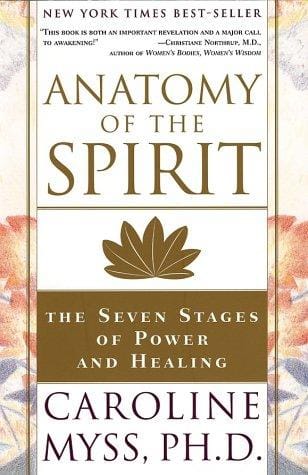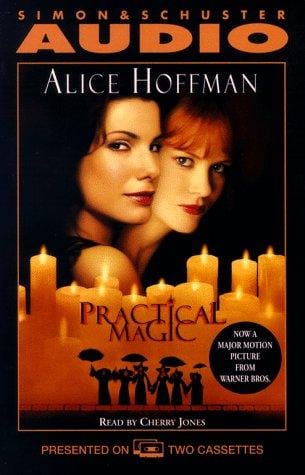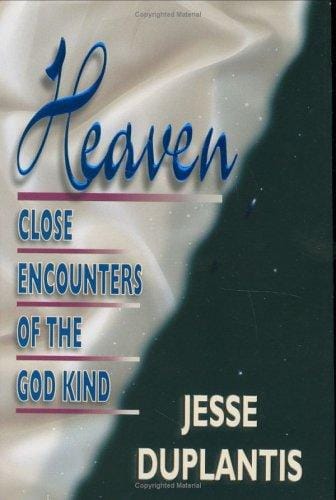Anatomy of the Spirit: A Comprehensive Guide to Caroline Myss’ Vision of Healing
Explore Caroline Myss' Anatomy of the Spirit, its seven chakras, sacred traditions, and practical tips for mind-body-spirit healing.

Introduction
Published in 1996, Caroline Myss’ landmark book "Anatomy of the Spirit: The Seven Stages of Power and Healing" quickly became a touchstone for anyone interested in the link between spirituality and health. By merging the wisdom of world religions with the language of energy medicine, Myss offers a practical roadmap for transforming emotional wounds into reservoirs of personal power. This article explores the core concepts of the book, why they still matter, and how you can apply them to everyday life for holistic well-being.
An Overview of the Book
At its heart, "Anatomy of the Spirit" proposes that the human body is a living bio-spiritual system. Each thought, belief, and emotional memory carries subtle electrical impulses that affect our cells and organs. When these impulses are in harmony, we experience vitality; when they are distorted by fear, resentment, or guilt, the body falters. Myss aligns this energy system with seven chakras—vortexes of life force long recognized in Eastern traditions—and explains how each chakra correlates with specific emotional themes, endocrine glands, and physical challenges.
The Three Sacred Traditions Interwoven
One of the book’s most innovative elements is its synthesis of three spiritual frameworks: the Hindu chakra model, the Christian sacraments, and the Kabbalah’s Tree of Life. According to Myss, each tradition articulates the same developmental milestones, albeit with different symbols. For example, the first chakra, associated with tribal identity and physical survival, resonates with the sacrament of Baptism and the Kabbalistic Sephirah of Shekhinah. By demonstrating these parallels, Myss suggests that our spiritual growth follows a universal blueprint, transcending culture and creed.
The Seven Stages of Power and Healing
First Chakra: Tribal Power
Located at the base of the spine, this chakra governs our sense of belonging and physical security. Challenges such as chronic lower-back pain or immune disorders can signal unresolved issues with family loyalty, safety, or financial stress.
Second Chakra: Relationship Power
Situated in the sacral region, it regulates creativity, sexuality, and one-to-one relationships. Imbalances may manifest as reproductive disorders, urinary problems, or co-dependency patterns.
Third Chakra: Personal Power
Found at the solar plexus, this center houses self-esteem and willpower. Digestive ailments, ulcers, and chronic fatigue often point to power struggles or self-worth conflicts.
Fourth Chakra: Emotional Power
Anchored at the heart, this chakra balances love, compassion, and forgiveness. Cardiovascular disease, asthma, and upper-back pain can reflect emotional grief or bitterness.
Fifth Chakra: Willpower
Residing in the throat, it oversees communication and personal integrity. Thyroid disorders, laryngitis, and jaw tension may mirror dishonesty or repressed expression.
Sixth Chakra: Mind Power
Positioned at the brow, this center rules intuition and perception. Headaches, sinus issues, and nightmares often arise from denial or an unwillingness to see the truth.
Seventh Chakra: Spiritual Power
Crowning the head, it connects us to transcendent consciousness. Depression, alienation, or spiritual fatigue can occur when we reject a higher purpose or feel disconnected from the divine.
Practical Lessons for Modern Readers
Critically, Myss does not frame these insights as metaphysical speculation alone. She encourages rigorous self-examination, urging readers to identify the beliefs that sabotage vitality. One exercise involves writing a "belief notebook" where you track recurring thoughts and physical sensations throughout the day. Another practice is performing a daily energy audit: pause three times and ask, “Where is my power going right now?” These habits build self-awareness, the first step toward rewiring a draining belief loop.
Scientific Perspectives
While mainstream medicine has yet to embrace chakras as anatomical facts, research in psychoneuroimmunology supports the book’s core premise: emotions influence biology. Studies show that chronic stress suppresses immune function, whereas meditation and gratitude upregulate disease-fighting genes. Myss’ language of energy provides an intuitive schema for these findings, translating complex science into actionable wisdom. When we integrate emotional literacy with healthy lifestyle choices, we create a synergy that amplifies healing.
Critiques and Considerations
Detractors argue that "Anatomy of the Spirit" oversimplifies illness by implying that negative thoughts always cause disease. Myss counters that biology, environment, and genetics still play roles; however, our inner narrative can speed or hinder recovery. The healthiest approach is to view the book as complementary rather than a replacement for conventional care, using its insights to enhance, not negate, evidence-based treatments.
Applying the Teachings in Daily Life
Start with the body. Before bed, scan each chakra area, noting any tension. Visualize light flowing there and release any stored emotion with slow exhalations. Next, refine speech: speak truths kindly, but do not swallow words to keep the peace; this balances the fifth chakra. Finally, cultivate service. Volunteer work or random acts of kindness strengthen the heart chakra and remind us that power shared is power multiplied. Consistent small actions transform the abstract into the embodied.
Conclusion
Nearly three decades after publication, "Anatomy of the Spirit" remains influential because it unites timeless spiritual principles with pragmatic self-care. By recognizing the energetic anatomy behind our physical form, we gain a map for navigating life’s challenges with courage and grace. Whether you approach its teachings as metaphor or literal truth, the ultimate invitation is the same: reclaim your power, surrender resentment, and live as if your spirit matters—because it does.



